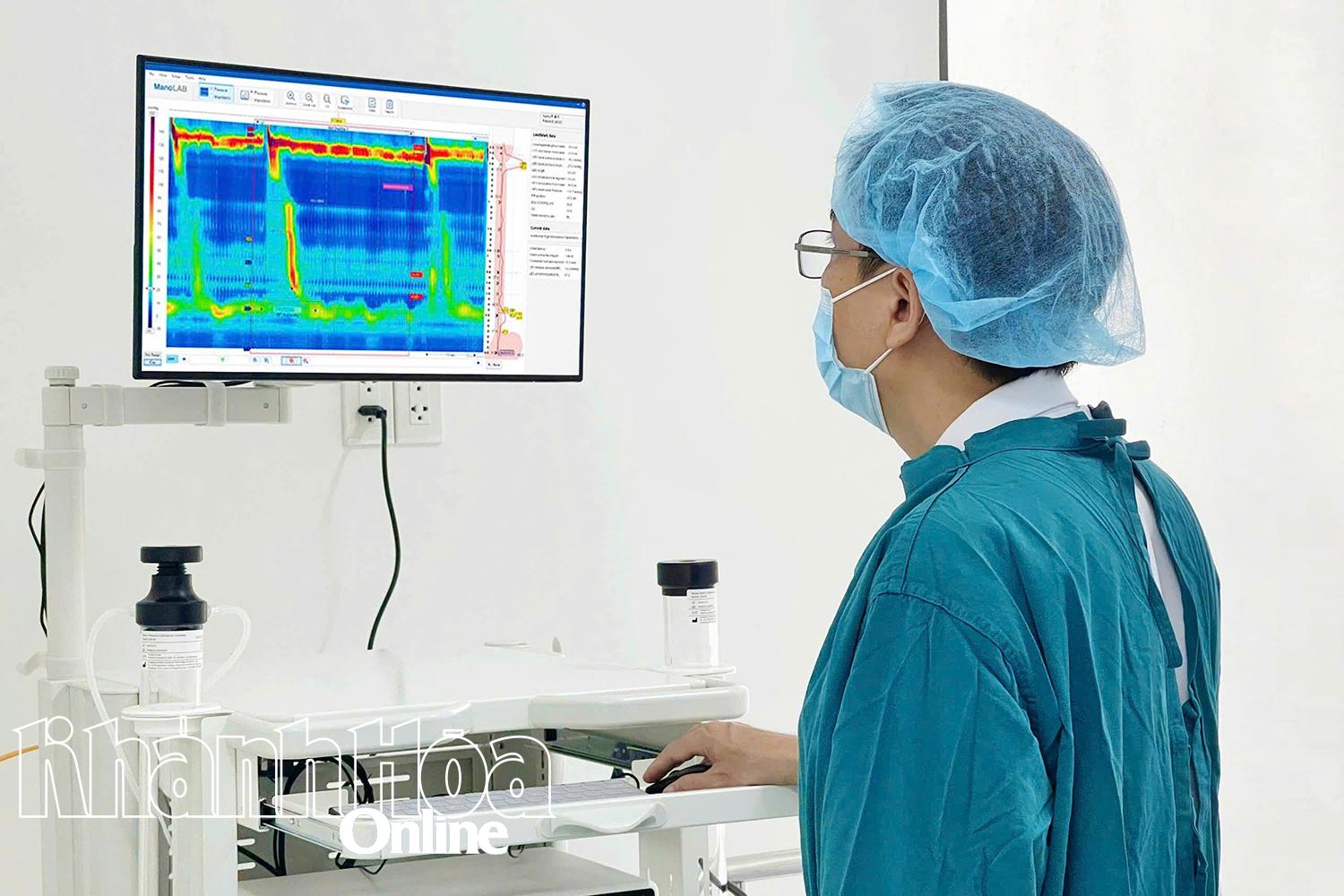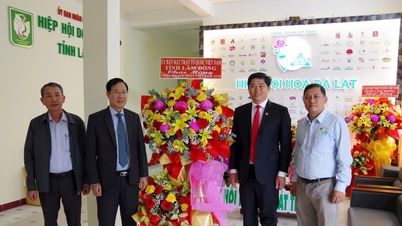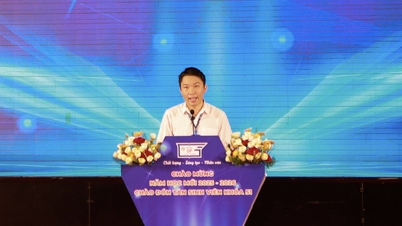HRIM is a modern technique that uses a microscopic probe with integrated sensors to record and display a graph of the esophageal contractions during swallowing. Thanks to this, doctors can detect early motor disorders - the underlying cause of symptoms such as dysphagia, reflux, and unexplained chest pain that are difficult to identify with conventional endoscopy.
Patient HRK (40 years old, Dien Khanh commune) came to the Department of Gastrointestinal Endoscopy, Hospital 22-12 with symptoms of difficulty swallowing and a feeling of choking in the throat. Patient K. said that the difficulty swallowing had been present for a long time, accompanied by a burning sensation in the chest, reflux and bloating after eating. The patient was treated with anti-reflux drugs but did not improve. After excluding the causes of esophageal tumors and stenosis due to inflammation, the doctors prescribed HRIM esophageal pressure and impedance measurement technique. The results showed that the patient had esophageal motility disorder that caused food and water to not move smoothly when eating and drinking, causing chest tightness. After being treated according to the prescribed regimen, patient K.'s condition and symptoms were significantly reduced.
 |
| Doctors at Hospital 22-12 use HRIM machine to examine patients. |
Specialist II Cao Nguyen Dinh - Deputy Director of Professional Affairs, Head of the Department of Digestive Endoscopy, Hospital 22-12 said: "HRIM is an advanced diagnostic method, using a catheter with many sensors to record the contraction, pressure and resistance of each segment of the esophagus. This is an indispensable tool in the assessment and diagnosis of diseases related to esophageal motility disorders. In the world , HRIM is considered the "gold standard" in the diagnosis of esophageal motility disorders".
HRIM technique is indicated in many cases such as: Dysphagia, painful swallowing, easy choking or feeling of obstruction behind the sternum; persistent gastroesophageal reflux, not responding to medication; chest pain but normal cardiovascular results; before or after surgery in the esophagus - stomach area. At the same time, HRIM also determines the position of the lower sphincter to measure 24-hour esophageal pH. HRIM helps doctors accurately assess the contraction and dilation of the esophagus, classify peristaltic disorders such as achalasia, increased contraction or decreased esophageal motility. Along with that, this technique helps determine the cause of reflux, evaluate the results after treatment and surgery, helping to choose a more appropriate and effective treatment direction. For patients, HRIM helps diagnose earlier and more accurately than conventional endoscopy. This method is painless, safe, quick to perform (only 15 - 20 minutes), especially helps treat the right disease, significantly improving symptoms of dysphagia, reflux, chest pain. Dr. Cao Nguyen Dinh said: “HRIM measurement technique and digestive endoscopy are two methods with separate diagnostic values. These two techniques cannot replace each other but complement each other in the early detection of gastroesophageal reflux disease, as well as in distinguishing it from diseases with similar symptoms.”
Along with the HRIM system, in 2025, the Department of Gastrointestinal Endoscopy at Hospital 22-12 will also invest in the world's leading modern Olympus Evis X1 CV1500 endoscopy system, integrated with artificial intelligence (AI) technology, helping to detect early lesions, polyps and early stage digestive cancers. The continuous investment in modern medical equipment at Hospital 22-12 has contributed to improving the effectiveness of treatment at the hospital in particular and improving the quality of life for patients in general.
Thuy Ly
Source: https://baokhanhhoa.vn/xa-hoi/y-te-suc-khoe/202510/benh-vien-22-12ung-dung-ky-thuat-do-ap-luc-va-tro-khang-thuc-quan-75a15de/


![[Photo] Solemn opening of the 1st Government Party Congress](https://vphoto.vietnam.vn/thumb/1200x675/vietnam/resource/IMAGE/2025/10/13/1760337945186_ndo_br_img-0787-jpg.webp)























![[Photo] General Secretary To Lam attends the opening of the 1st Government Party Congress](https://vphoto.vietnam.vn/thumb/1200x675/vietnam/resource/IMAGE/2025/10/13/1760321055249_ndo_br_cover-9284-jpg.webp)
















































































Comment (0)